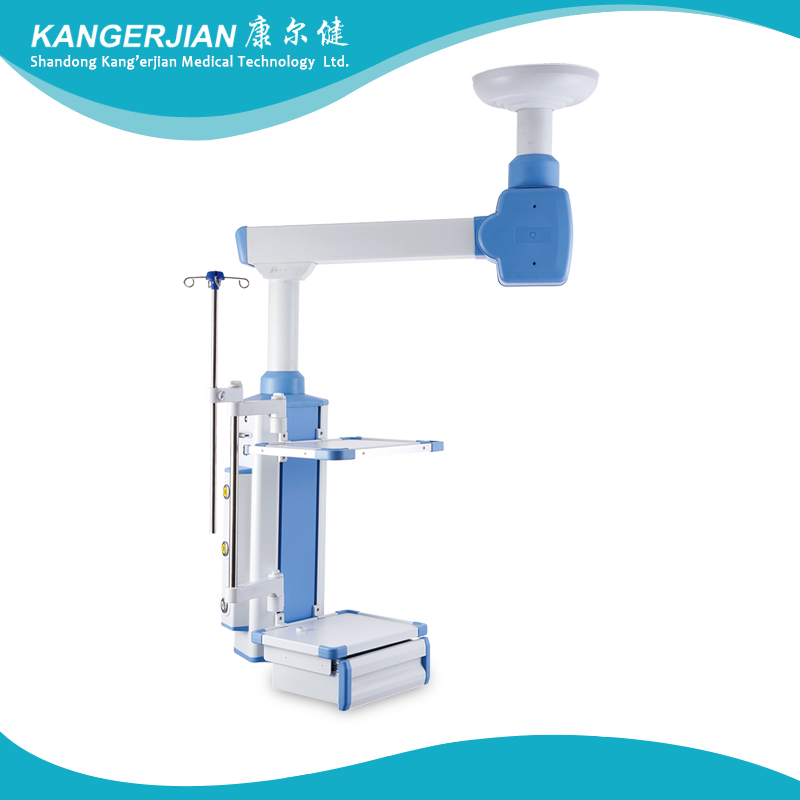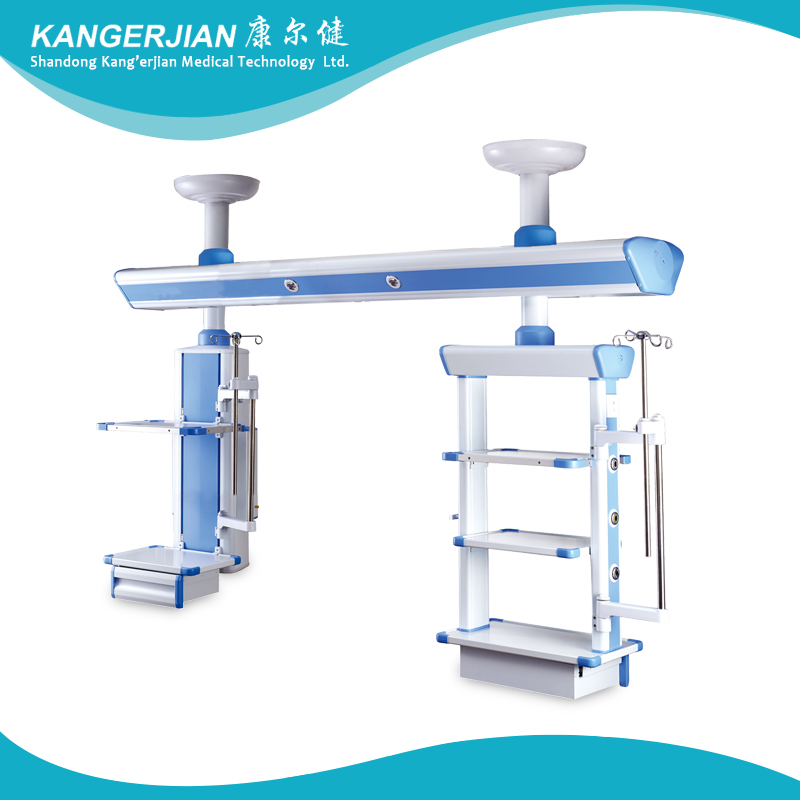At present, the rapeseed production in Yanjin County of Yunnan Province has entered the flowering stage. In order to increase the yield of rapeseed, it is necessary to pay attention to the post-cultivation management techniques:
1, early cultivator. Spring rains, temperature rises, weeds grow fast, and soil is easy to compact. We must do 1-2 times of cultivating and weeding in order to promote root growth.
2, top dressing. The rape must have a large amount of fertilizer when it is convulsed to flower buds. It must be applied stably and reapplied. Generally, in the end of February and early March, urea is applied at 5 to 7.5 kg per 667 m2 of water, which is casted or sprinkled into manure. For rapeseed fields with long growing trend, swiftness, and premature senescence, early fertilization should be applied and fertilizer must be applied. Plants that thrive and large groups of plants should delay the application of manure. The flowering period is the peak period of rapeseed fertilization. Foliar spraying is an economical and effective fertilization method. For example, spraying 2% to 3% urea, 0.2% borax, and 2.5% enemy-killed mixture can prevent heat. , increase grain weight, treat aphids role.
3, pouring a good three water. One is pouring back into Qingshui, which is generally performed in the middle or middle March. The second is to use flowering water. The flowering period of rapeseed is the critical period of water demand. As the saying goes, “The old wheat is poured and the vegetables are wateredâ€. Therefore, the flowering period should be diligently poured and lightly poured to keep the soil moist. The third is pouring water, and finally into the grain filling stage after the flowering, should be poured with small water, to maintain about 70% of the relative soil moisture content.
4, pest and weed control. The major diseases and pests of rapeseeds include sclerotiorum, downy mildew and aphids. Sclerotinia and sclerotiae are more common, with serious damage. In the early stage of disease, 50% carbendazim WP 100 g water 50 kg for conventional spray control. When the planting rate in the field reaches about 10%, it is sprayed with 2.5% enemy water, 20 ml watered 50-60 kg. In the field of grass-based weeds, we sprayed 10 to 55% of high-efficient straw and 30 to 40 ml of water and mixed water to 40 kg to spray weed stems and leaves; for broad-leaved weeds, we can use 50% control can be used in combination with grass herbicides, except for suspension concentrates.
5, harvest. Rapeseed is infinitely inflorescence, and it gradually blooms from top to bottom, and maturity is inconsistent. 70% to 80% of the plants in the whole field are ripe yellow and the pods are yellow-green. Most of the seeds and seed coats in the pods are harvested at the stage of discoloration and have the highest yield. The so-called “yellow bacheng, close to 10%â€. After harvest, choose sunny and timely threshing. It should not be piled up for too long. After the threshing, sufficient amouts should be carried out until the grain moisture content is stored or processed at 10% to 12%.
ICU Arm bridge for the hospital ICU wards, intensive care unit of modern medical rescue necessary auxiliary equipment,mainly by the bridge dry and wet sections, characterized by the separation of wet and dry is reasonable structure ,allocation of landing and taking off the wet paragraph flexible and fluid infusion pump rack frame and infusion pump mount.
The moving parts adopts Damping Friction Brake system, while also matching your request in accordance with paging communications ,monitoring ,video telephony, background music ,as well as teaching and long-distance diagnosis system.
High strength aluminum alloy, anti-corrosion, easy to clean.
The bridge was subdued.


THE EXHIBATION

Double Arm Manual Medical Pendant
Double Arm Manual Medical Pendant,Anesthesia Medical Pendant,Double Armed Pendant,Operating Theatre Pendants
Shandong qufu healthyou Medical Technology co.,Ltd , https://www.kangerjian-medical.com